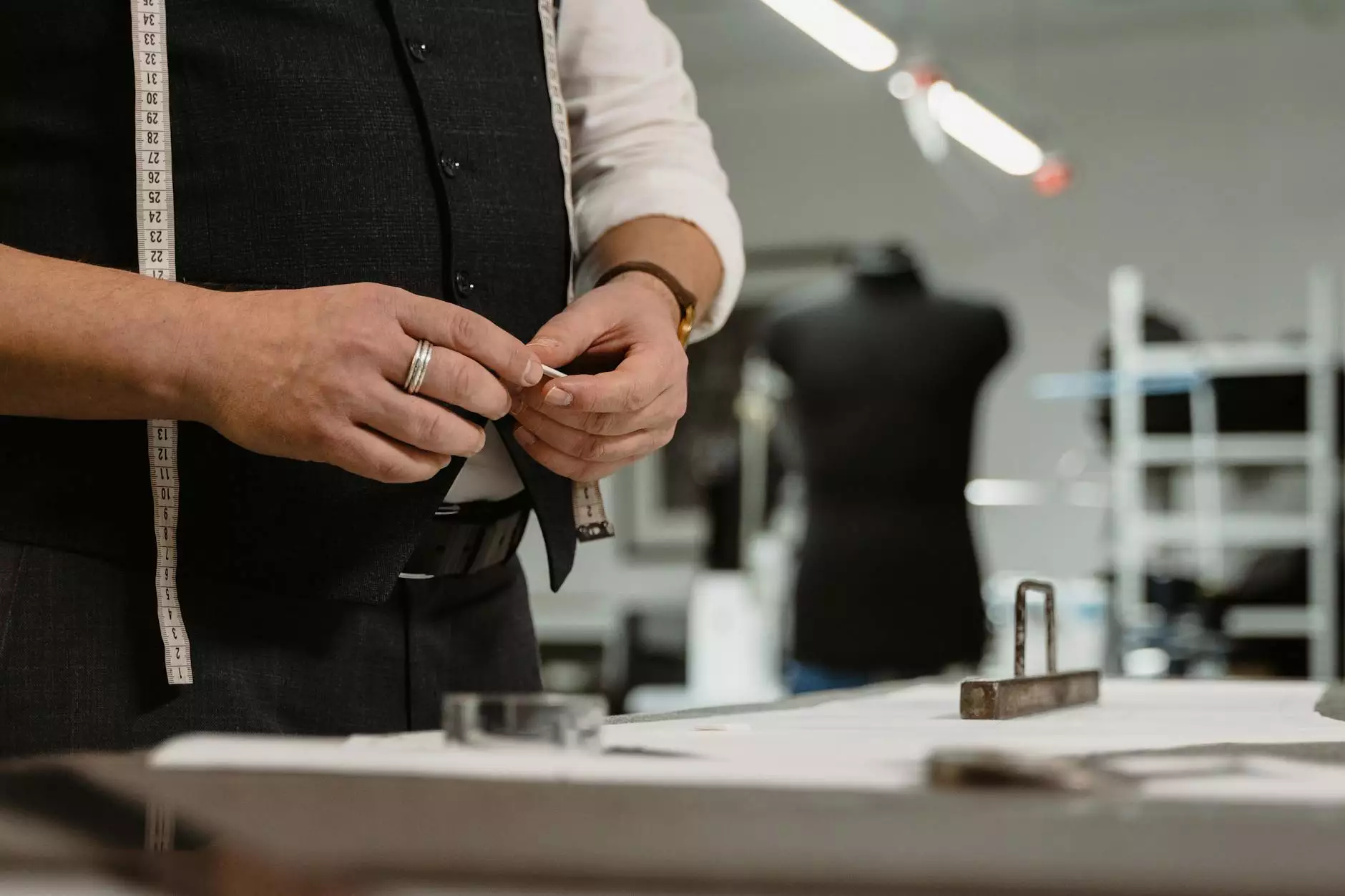The Essential Guide to Plastic Surgery Instruments

In today's rapidly evolving medical field, plastic surgery instruments play a pivotal role in both aesthetic and reconstructive surgeries. The advancement of technology and innovation has constantly improved the precision and efficacy of these essential tools, making them indispensable in the hands of skilled surgeons. This comprehensive guide aims to explore the various aspects of plastic surgery instruments, their types, uses, and the vital role they play in surgical procedures.
Understanding Plastic Surgery Instruments
Plastic surgery instruments encompass a wide range of specialized tools designed to assist surgeons in performing intricate procedures that alter, reconstruct, or enhance the human body's appearance. These instruments are engineered for precision, allowing healthcare professionals to achieve optimal results. Their significance cannot be understated, as the quality and functionality of these tools directly affect surgical outcomes.
The Importance of Quality in Plastic Surgery Instruments
High-quality plastic surgery instruments are critical in minimizing complications, ensuring patient safety, and achieving aesthetically pleasing results. Utilizing subpar tools can lead to increased risks during surgery, including:
- Infections - Poor-quality instruments may harbor bacteria, increasing the risk of post-operative infections.
- Inaccurate results - Low-quality tools can alter a surgeon’s technique, leading to subpar surgical outcomes.
- Increased recovery time - Compromise in instrument quality can extend patient recovery, requiring additional medical intervention.
Surgeons should prioritize the use of certified and reliable instruments to enhance overall surgery results. Organizations such as the FDA (Food and Drug Administration) rigorously evaluate these tools to ensure they meet stringent safety standards.
Types of Plastic Surgery Instruments
There are numerous types of plastic surgery instruments, each designed for specific functions. Understanding their uses is integral for those interested in the field of plastic surgery. Below is a detailed overview of various instruments:
1. Scalpel
The scalpel is a fundamental instrument used for making incisions in the skin and other layers of tissue. They come in various blades and handle sizes, catering to different surgical needs.
2. Scissors
Various types of scissors are used in plastic surgery, including:
- Dissection scissors - Used for cutting tissue and dissecting surfaces.
- Suture scissors - Designed specifically for cutting sutures after surgery.
3. Forceps
Forceps function like tweezers, allowing surgeons to grasp, manipulate, and hold tissues securely. Different types include:
- Adson forceps - Used for grasping delicate tissue.
- Hemostatic forceps - Designed to clamp blood vessels and control bleeding.
4. Needle Holders
Needle holders are crucial for suturing. They allow precise control over the needle during the stitching process, ensuring clean and accurate closure of surgical wounds.
5. Electrocautery Devices
These instruments use electrical currents to cut tissue and control bleeding simultaneously, significantly enhancing the surgeon's efficiency and control during operations.
Innovation in Plastic Surgery Instruments
As technology progresses, so does the innovation in plastic surgery instruments. Manufacturers are constantly seeking to improve the functionality and ergonomics of these tools. Here are some key advancements:
1. Robotic-Assisted Surgery
The development of robotic surgical systems has transformed plastic surgery. Surgeons can perform highly complex procedures with increased precision and minimal invasiveness. Instruments used in these systems often feature advanced imaging and haptic feedback mechanisms.
2. 3D Printing Technology
3D printing has enabled the creation of customized surgical instruments tailored to specific patients. This technology enhances precision and improves patient-specific surgical outcomes.
3. Smart Instruments
Smart technologies are being integrated into surgical instruments, providing real-time data and feedback to surgeons during procedures. These innovations can include sensors that monitor tissue characteristics or provide alerts about critical conditions.
Maintaining and Sterilizing Plastic Surgery Instruments
Proper maintenance and sterilization of plastic surgery instruments are essential to ensure patient safety and instrument longevity. The following protocols are typically followed:
1. Cleaning Procedures
Instruments must be cleaned immediately after use to prevent biofilm formation. Common cleaning methods include:
- Manual cleaning - Using brushes and detergents to remove debris.
- Ultrasonic cleaning - Utilizing high-frequency sound waves to dislodge contaminants.
2. Sterilization Techniques
Common sterilization methods include:
- Steam sterilization (autoclaving) - Employing high-pressure steam to eliminate pathogens.
- Ethylene oxide gas sterilization - Used for instruments that cannot withstand moisture or high temperatures.
3. Storage and Organization
A well-organized storage system is crucial for maintaining the integrity of surgical instruments. They should be stored in clearly labeled containers and inspected regularly for damage or wear.
Choosing the Right Instruments for Your Practice
The selection of plastic surgery instruments depends on several factors, including the specific procedures performed, the surgeon's preferences, and the patient demographic. Here are some tips for making informed choices:
1. Evaluate Your Needs
Consider the types of plastic surgeries you will be performing and choose instruments that best serve those specific procedures.
2. Research Suppliers
Engage with reputable suppliers who provide certified instruments. Quality and reliability are non-negotiable factors for your practice.
3. Invest in Training
Ensure that your team is well-trained in using the instruments effectively. Proper training enhances surgical outcomes and ensures patient safety.
Conclusion
In summary, plastic surgery instruments are an integral part of the modern medical field, affecting the quality and safety of surgical procedures. By understanding their types, maintenance, and innovations, surgeons can enhance their skills and improve patient outcomes. Investing in high-quality, trusted instruments not only reflects an appreciation for the craft but also a commitment to patient care. As medical technology evolves, staying informed about the latest developments in surgical instruments will continue to play a key role in successful plastic surgery practices.
For high-quality plastic surgery instruments, visit new-medinstruments.com, your reliable source for exceptional medical supplies.









